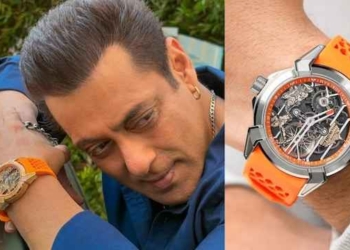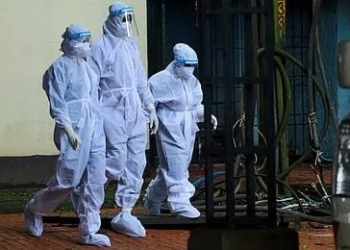Narinder Singh Kapany (English: Narinder Singh Kapany, born- October 31, 1926; death- December 4, 2020) is an Indian-American physicist known for his work in fiber optics. He was named by Fortune as one of seven ‘Unsung Heroes’ in their ‘Businessmen of the Century Issue’ (1999). He is also known as the ‘Father of Fiber Optics’. The term fiber optics was coined by Narinder Singh Kapani Kapani in 1956. He is a former IOFS officer. The Indian Ordnance Factories Service is a civil service of the Government of India. IOFS officers are gazetted defence-civilian officers under the Ministry of Defence. They are responsible for the management of Indian armament factories, which provide India’s defense production capabilities.
Born in India and educated in England, Dr. Narinder Singh Kapani has lived in the United States for forty-five years. Graduated from Agra University in India. He completed advanced studies in optics at the Imperial College of Science and Technology, London and received a Ph.D. Completed from University of London in 1955. His career has spanned science, entrepreneurship and management, education, publishing, lecturing and farming. His personal interests include philanthropy, art collecting and sculpture.
Dr. Kapani lives in the Bay Area with his wife, Satinder. His son, Rajinder, is a high-tech executive and his daughter, Kiren, is a lawyer and film producer.
At Imperial College, Kapani worked with Harold Hopkins on transmission through fibres. Achieved good image transmission through a large bundle of optical fibers for the first time in 1953. Optical fiber had previously been tried for image transmission, but Hopkins and Kapani’s technology allowed the quality of the image to be achieved to be much better than before. This, combined with the almost simultaneous development of optical cladding by Dutch scientist Bram van Heel, initiated the new field of fiber optics. Kapani coined the term ‘fibre optics’ in an article in Scientific American in 1960, writing the first book about the new field. He was the most prominent researcher, author and spokesperson of this new field.[1]
Kapani’s research and inventions include fiber-optics communications, lasers, biomedical instrumentation, solar energy, and pollution monitoring. He holds over a hundred patents and was a member of the National Inventors Council. He has received several awards including “The Excellence 2000 Award” from the USA Pan-Asian American Chamber of Commerce in 1998. He is an International Fellow of several scientific societies, including the British Royal Academy of Optical Engineering, the American Optical Society, and the American Association for the Advancement of Science.
Dr. Narinder Singh grew up in Dehradun, North India. There a schoolboy was scolded by a teacher that light can only travel in a straight line. Narinder Singh disagreed and proved the status quo wrong. The result of his life’s work led to the creation of fiber optics. “Bending the light around corners became my passion,” says Narinder Singh. He began using a series of lined up prisms to move rays of light. But the light still traveled in a straight line between the prisms. Narinder Singh adds, “I got the idea of using cylindrical geometry instead.”
In July 1952, Harold Hopkins and Narinder Singh, under a grant from the Royal Society of England, began developing bundles of glass fibers for use as endoscopes. It became clear that the cutting-edge research conducted by his team was sure to receive widespread respect and congratulations from the scientific community. Unfortunately, the next spring Hopkins told Fritz Zernike of the fiber bundles that he and Singh were developing, and Zernike, in turn, told another researcher named Van Heel. To steal credit, Van Hiele began publishing and by June of 1953 managed to submit a brief paper about clad fibers to the journal Nature.[1]










